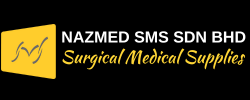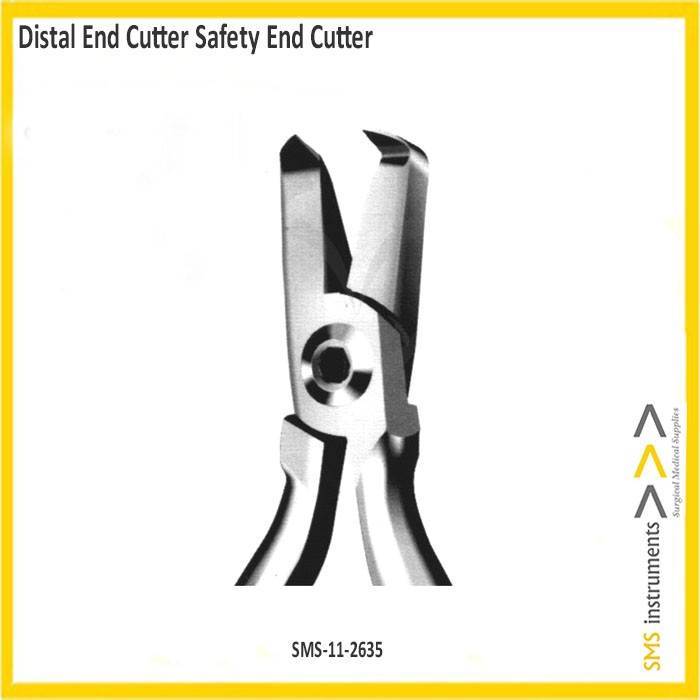Description
Distal End Cutter – Safety End Cutter
Dental Instruments
SMS instrument distal end cutter is cuts the wire close to the buccal tube and safely holds the distal end. Safety hold is ideal for cutting wires within the patient’s mouth. Precise cutting edges and tip angle allow arch wire to be cut close to the distal end of the tubes. Hardened inserted tips provide longer wear.
Functions
- Shear cuts hardwire and then safety holds the loose distal end to prevent wire from going into tissue.
- Hard tool steel insert
- Cut wire up to 0.22” x 0.28” rectangular and 0.20” round.
- Designed for intraoral cutting and lips safety.
- Not recommended for braided wire
- It is used exclusively for cutting the distal end of wire protruding out of the molar tubes
- It had a safety mechanism to hold the cut arch wire so it does not fall into the patient’s mouth.
| Surname | Distal End Cutter |
| curvature | Angled |
| Handle | Plier |
| Finishing | Mirror Polish Finishing |
| Instrument Type | Dental Orthodontic Pliers |
| Material | Stainless Steel |
| Disposable or Reusable | Reusable |
| Rusting Prevention | Passivation Processed |
| Cleaning | Ultrasonic Cleaned |
| Sterile or Non-Sterile | Non-Sterile |
| Latex or Latex-Free | Latex-Free |
| Test Performed | Boil, Shape & Performance Test |
| Grade | Premium OR-Grade |
| Packing | Individually Packed in SMS Brand printed Poly-sleeve |
Orthodontic Plier
A Dental Orthodontic Pliers are a hand tool used to hold objects firmly, possibly developed from tongs used to handle hot metal in Bronze Age Europe. They are also useful for bending and compressing a wide range of materials. The jaws can also be used to manipulate objects too small or unwieldy to be manipulated with the fingers. Most orthodontists and general dentists who perform orthodontic work keep several pairs of orthodontic pliers on hand. These pliers can be used for a variety of specific tasks, including arch wire work like loop forming and contouring, as well as torqueing and placing stops in the arch wire. They’re designed to fit in the mouth for easy orthodontic appliance adjustment, and give clinicians more control during placement and removal. Orthodontics is the study of the diagnosis, prevention and treatment of irregularities of the teeth and jaws. Orthodontic instruments are used in conjunction with fixed and removable appliances.









